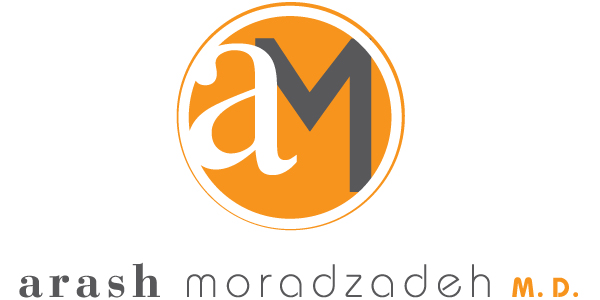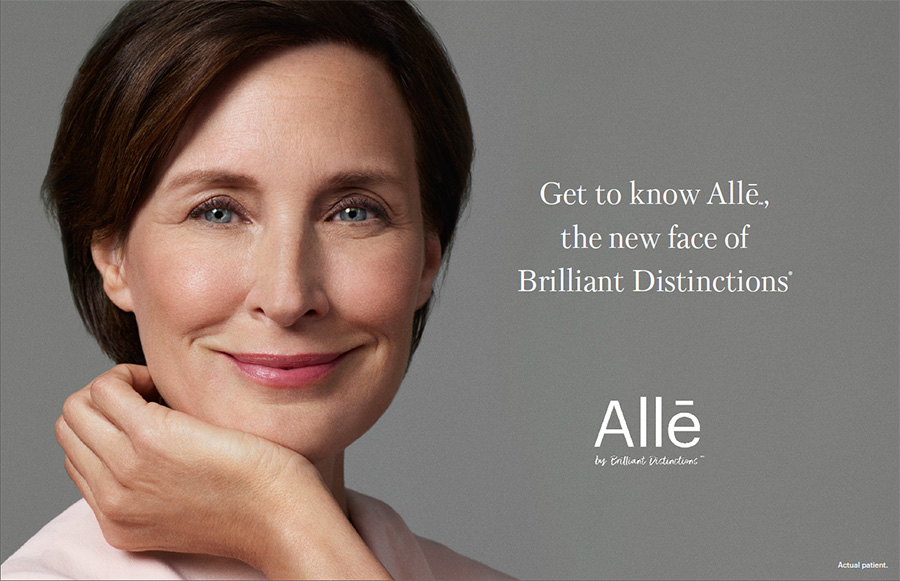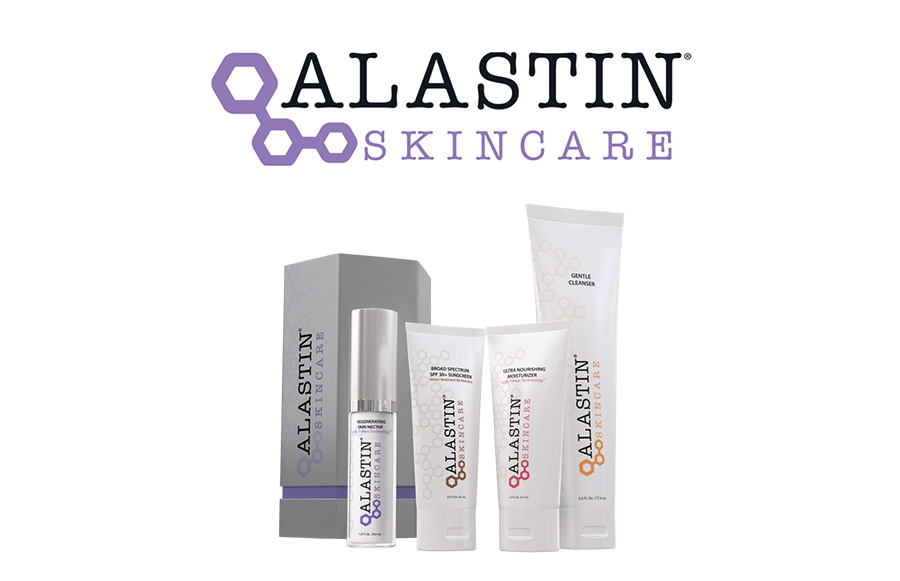Serving Beverly Hills, Los Angeles, Santa Barbara and surrounding areas
Lip augmentation creates fuller, plumper and more attractive lips and reduces fine wrinkles around the mouth. It is designed to reverse the effects of aging on thinning lips while restoring lip definition and contour. Each lip can be treated separately or both lips can be augmented at the same time. Lips may be injected with a filler such as Juvederm® or Restylane®— or with fat transferred from another site in the patient’s body. Both filler and fat are absorbed, so repeat treatments are eventually necessary to maintain results. In select patients surgical correction may be necessary. Surgery can be used to create a more pouty lip with central upper lip definition. A direct lift can be used if the upper lip has lengthened.
If you’re considering lip augmentation, many different types of treatments are available. Talk with Dr. Moradzadeh about the risks and limitations of each product, along with the details of the procedure. He can provide you with all the information you need to make an informed decision regarding cosmetic enhancements.
Types of Lip Augmentation Injectables
We offer a comprehensive suite of lip augmentation injectable treatments, each of which comes with unique benefits and applications. We can discuss in a consultation appointment which treatment, if any, is most appropriate to accommodate your presentation and goals. For now, here’s an overview of some of our most popular treatments, including Juvederm®, Radiesse®, Restylane®, and Belotero®.
Juvéderm®
Juvéderm® is highly popular throughout the aesthetics world for its precision and comfort. Like most of our fillers, Juvéderm® is formulated with hyaluronic acid. Hyaluronic acid is an extremely potent moisture absorber produced naturally by the body. Due to how Juvéderm® is formulated, it has a very smooth and gel-like consistency. This allows for very soft, natural-looking results. Patients also prefer Juvéderm® because it contains lidocaine, making for a more comfortable treatment.
Juvéderm® products most commonly used for the lips include Juvéderm® Ultra XC for a greater volume boost and Juvéderm® Volbella XC for more subtle contouring and fine line reduction.
Radiesse®
Instead of hyaluronic acid, Radiesse® is formulated with calcium hydroxylapatite, which stimulates collagen production. For this reason, Radiesse® is often used on the areas just surrounding the lips, whether for volume purposes or to reduce the appearance of fine lines. As newly stimulated collagen fibers proliferate and mature, the treated skin is tighter and smoother. This process takes months, which means patients can
Understanding the Procedure
The first step in a successful lip augmentation is to undergo an initial consultation appointment. In a consultation, we will assess several factors to ensure you’re a fit candidate for this treatment, including the following:
- Medical history – While lip augmentation is a minimally invasive and well-tolerated procedure, there are still some factors which may negatively impact your eligibility for treatment. These include allergies to active ingredients (or lidocaine), infections or inflammatory processes affecting the treatment area, certain medications, and more.
- Presentation – Lip augmentation isn’t only about adding more volume to the lips. In addition to patients looking to enhance thinner lips, those with asymmetries affecting the lips and fine lines around the area can also benefit from lip augmentation treatment.
- Expectations – It’s important to understand that lip augmentation is a non-surgical procedure that produces temporary, but significant results. Patients with unrealistic expectations may not be the best candidates for lip augmentation procedure.
Often, when a patient is deemed an appropriate fit for lip augmentation, they can receive the treatment on the same day. When it’s time for treatment, the skin is first cleaned and prepared for treatment. A topical anesthetic is used to numb the lips, although it is not always necessary in the case of lip augmentation treatments that contain lidocaine (more on this below).
Then, a facial filler is injected into the lips using a fine needle. The number of injections, placement, and technique all vary according to the patient’s presentation and goals, the provider’s treatment approach, and other factors. Sometimes, small amounts of the filler are distributed across multiple injections. If a fat transfer procedure is used, it is inserted through tiny incisions inside the corner of the mouth.
What to Expect Afterwards
Immediately after the injections are administered, your skin will be monitored for a brief period to ensure it responds appropriately. Mild swelling and tenderness are common post-treatment effects, typically managed with cold compresses. You will be provided with simple aftercare instructions to preserve your results and facilitate the short recovery process as much as possible.
Though uncommon, allergic reactions are still possible following lip augmentation treatment. Allergic reactions can range from prolonged redness, swelling or itching, to firmness at the injection site. Normal swelling and bruising can last from three days to a week.
Lip augmentation does not require lengthy downtime, but the tissue still requires several days to go through a healing process. For the first day or two after treatment, it may appear as if the treatment was “overdone” due to initial swelling, but this will soon subside. The lips may feel tight, slightly numb, or extra firm during this time. It’s important not to touch the area, and in most cases, patients are recommended to avoid applying makeup for at least one full day.
As you progress through the first week following treatment, it’s typical for any swelling and/or discoloration you experience to resolve significantly. Any altered sensation you have should also be wearing off from days 3-5. As the first full week comes to a close, your full results should be close to visible.
Make sure to closely follow your provider’s instructions during this short recovery period. High-heat environments (saunas, outside on a hot day, etc.), facial massages, and other procedures (including dental work) that target areas of the face should be avoided.
Alternative and Complementary Treatments
There are several surgical and non-surgical alternatives to lip augmentation injection treatment being currently offered to patients looking for the same results. In some cases, these treatments aren’t so much a 1:1 replacement for lip augmentation injection, but a complementary procedure. These procedures include lip lift surgery, fat grafting treatments, topical lip-plumping products, and laser resurfacing, to name a few.
Lip Lift Surgery vs Lip Augmentation Injections
There are multiple surgical approaches that practitioners can take to augment the lips. One of the approaches that most closely mirrors the intended effects of lip augmentation injection is called the bullhorn lip lift. This procedure involves decreasing the distance between the upper lip and the nose by removing a horizontal section of tissue in this space.
While this lip lift surgery does not actually enhance the volume of the lips, shortening this distance causes the upper lip to turn up, exposing more of the pink tissue and giving an appearance of enhanced fullness.
Recovery time for this treatment is not extensive, but it is longer and more involved than that of a lip augmentation injection treatment. Though results are permanent, this procedure is also more costly than an injectable treatment.
Fat Grafting vs Lip Augmentation Injections
Technically, fat grafting treatment could be referred to as a lip augmentation injection in this case, so to be more precise, we’ll use the terms “lip filler” and “fat grafting.”
Where conventional fillers use hyaluronic acid and other compounds to enhance the fullness of the lips through one of several mechanisms, fat grafting involves the transfer of fat from one area of the body to the lips.
Typically, fat is removed from the thighs or abdomen, after which it undergoes a purification process. Then, it is carefully injected into the lips to create a significant volume increase.
Like lip lift surgery, this procedure is also more costly than lip filler treatment, but the results can be permanent. Over time, some of the fat may be reabsorbed by the body.
Lip Plumping Products vs Lip Augmentation Injections
While they are significantly less expensive and even less invasive than lip augmentation injections, lip plumping products produce very short-lived results.
Lip plumpers are topical products that, when applied, increase the fullness of the lips for several hours. They impart this effect through one of several mechanisms, including increasing the water content of the lips (using hyaluronic acid) and increasing circulation in the area.
While lip plumping products are not a suitable alternative for lip augmentation injections, they may help you to envision what your lips would look like after having injections done.
Laser Resurfacing
Laser resurfacing treatments have many applications throughout the face and the rest of the body, including tightening and smoothing the targeted areas. The type of laser and the treatment’s parameters significantly affect this versatile treatment’s benefits.
When applied to the area around the lips, fractional CO2 or erbium lasers are an effective way to treat fine lines. While this is a non-surgical treatment, the skin still requires some time (varies according to treatment type) to recover fully. Costs also vary significantly, but are often comparable to lip augmentation injection.
Though it doesn’t directly increase lip volume, laser resurfacing is a fitting complement to lip augmentation treatments for patients looking to rejuvenate the skin and reduce fine lines in the area.
How Much Does Lip Augmentation Cost?
Like other aesthetic treatments, pricing is dependent on a wide range of factors, including, but not limited to the following:
- Lip filler brand
- Formulation
- Amount of product needed
- Provider experience and approach
- Facility fees
- Geographical area
For these reasons, it’s difficult to give an accurate price projection until you have consulted with Dr. Moradzadeh. After a consultation, you will have a much more accurate picture of how much you can expect to pay for lip augmentation treatment.
Is Lip Augmentation Right for You?
Patients who are allergic to lidocaine (a local anesthetic) may not be suitable candidates for lip augmentation. Treatment is generally postponed for patients with active inflammatory skin conditions or with infections. Dr. Moradzadeh can advise you whether it’s the right option for you.
Other Considerations
Lip augmentation is often done in conjunction with other procedures to enhance results. These may include the use of the same or similar fillers in other areas of the face (a liquid face lift) or Botox injections. Fractional laser treatments or chemical peels can help refine perioral fine lines and laxity. Sometimes, lip augmentation is done as the last step in a complete facial “makeover” while the patient is still under anesthesia after getting an operation such as a facelift. Dr. Moradzadeh can discuss what combination of treatments is right for you, based on the objective you’re trying to achieve.
Achieve Fuller, Poutier Lips With Lip Augmentation by AM Facial Plastics
It’s a privileged time to be in the market for lip augmentation, thanks to continued waves of innovation that keep pushing standards of quality up. Whether you’re looking for more subtle contouring, asymmetry correction, or a significant volume boost, our comprehensive suite of lip augmentation injectables has a solution for every situation.
Contact us for a consultation today, and our team at AM Facial Plastics of Beverly Hills will partner with you to create a treatment plan that delivers real results.


